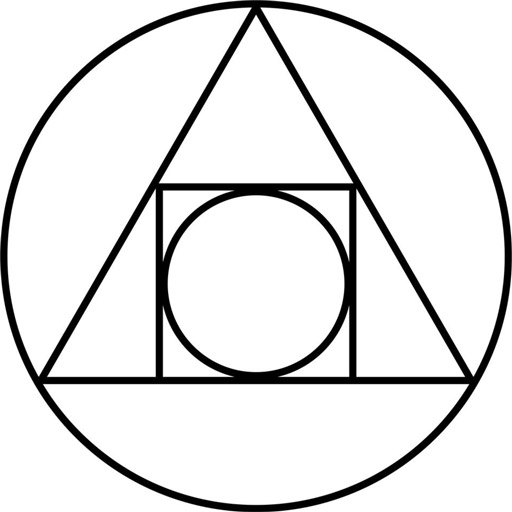True Alchemy

The Beginning
The Philosopher’s Stone or Sorcerer’s Stone Symbol: The central symbol of the
mystical terminology of Alchemy,composed by the four elements, symbolizing
perfection at its finest, enlightenment, and heavenly bliss. Efforts to discover the
philosopher’s stone were known as the Magnum Opus (The “Great Work”).

Egypt, The Mother Earth of Alchemy
Alchemy is a historical and philosophical tradition that dates back to antiquity, and it has had a significant influence on the development of modern science and chemistry.
Alchemy , or “Al-Kemi”, is said to be derived from Arabic or Egyptian meaning either “divine chemistry” or possibly “black earth” referring to the silt deposits from the annual flooding of the Nile river. However, regardless of where the word ‘alchemy’ began, it has come to mean a very special form of spiritual development.
The Egyptian god Thoth, called Hermes by the Greeks, was said to be the father of all magical arts and sciences, with numerous books on the laws governing creation being attributed to him. These books became the basis of most Western occult teachings, and are known as “The Hermetic Corpus” or the “Body of Hermes”, and refers to the total collection of works attributed to the ‘scribe of the gods’.
The teachings of alchemy have been cloaked for centuries in secrecy in order to preserve its integrity. Alchemy’s primary objective is the possibility of mutation by liberating the soul from its adhesion to matter. This is accomplished through the redemption, purification, and unification of the seeker’s prima
materia, or consciousness.
The prime matter is the mystical chaotic substance which animates all of the cosmos. This famous secret was known by many names: Mercury, primordial water, firewater, the alpha and omega—in essence it can be likened to the void:
the mother of creation. It is this psychic element the alchemist uses in a series of operations to create the philosophers’ stone. Thus, it is the beginning material and the end product.
Nothing is more central to the subject of alchemy than “The Great Work” or, “Magnum Opus”, the transformative work of redeeming the subtle from the gross, combining the celestial with the terrestrial, which is repeated in a
circulatory process until it matures to the highest level of refinement producing the philosopher’s stone.
The spirit-matter continuum is the essential theme of alchemy, where we see plurality spring forth from primordial unity, and the necessity of separation to create a higher order of union once more. This is achieved by the reconfiguration and synthesis of the person’s elements: water, earth, air, and fire into the spiritual Quintessence.
In alchemy, the seven classical planetary bodies are associated with corresponding metals: The Sun, The Moon, Mars, Mercury, Venus, Jupiter, and Saturn were signified as the gradients Gold, Silver, Iron, Mercury, Copper, Tin, and Lead. This connection was based on the archetypal properties of each metal in the metallic kingdom being directed by their planetary equivalent through the law of correspondence.
To the mystic these correlations did not end in the exterior reality, rather they are projections from within our interior world and extend themselves outward into the world of form. Consciousness is the very fabric of reality that interfaces with itself on multiple levels of reality as illustrated in the hermetic maxim, “As above so below, as within so without, as the universe so the soul.”
Following this reasoning, we can discern that the development of our inner senses, transmutation of our soul, and union of our hemispheres are what the true work in alchemy pertains to. Ascension from the physical plane is through the synthesis of the feminine and masculine energies which is the entire aim of alchemy.
Bibliography:
https://www.shift.is/the-art-of-ascension-the-7-stages-of-alchemy/
https://www.shift.is/alchemy-not-just-for-the-middle-ages-anymore/
